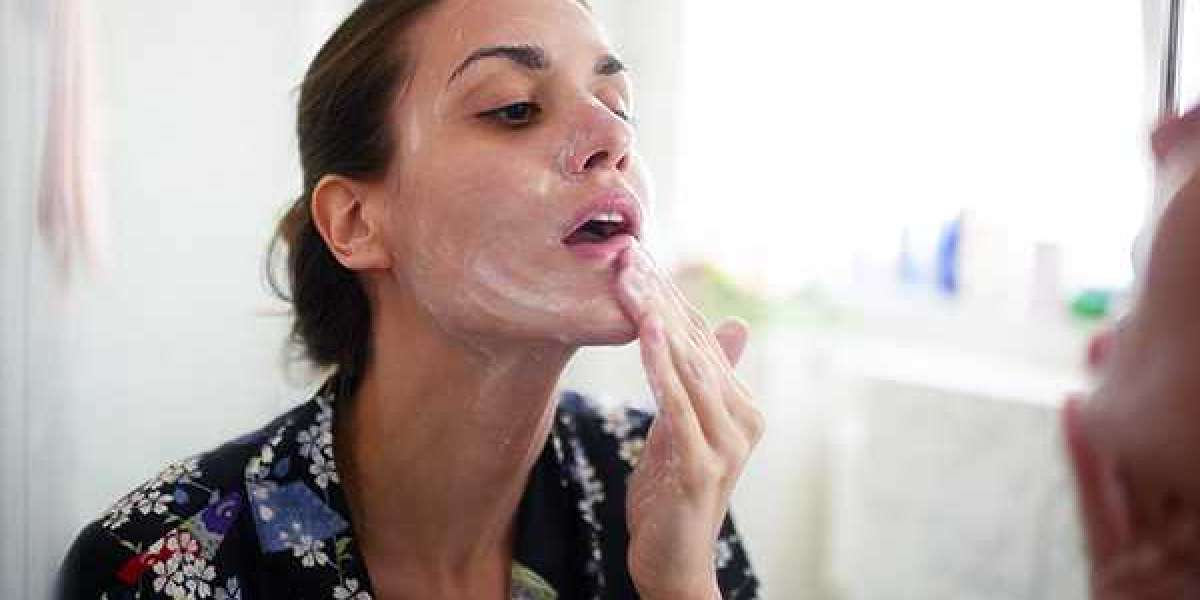Hydrate Intracellularly:
- Encourage adequate water intake to maintain optimal hydration levels within skin cells. Proper hydration supports the skin's natural barrier function and enhances moisture retention.
Select a Low pH, Non-Ionic Surfactant Cleanser:
- Choose a cleanser with a pH close to the skin's natural acidity to preserve the acid mantle, which helps regulate hydration and protect against pathogens. Non-ionic surfactants minimize disruption to the skin barrier, preventing excessive stripping of natural oils.
Utilize Occlusive and Humectant-Rich Moisturizers:
- Opt for moisturizers containing occlusive agents like petrolatum, dimethicone, or squalane to create a protective seal over the skin, preventing transepidermal water loss (TEWL). Additionally, incorporate humectants such as glycerin, hyaluronic acid, or sodium PCA to attract water molecules from the environment and bind them to the skin's surface, enhancing hydration.
Emphasize Water-in-Oil Formulations:
- Prioritize moisturizers with a water-in-oil (W/O) emulsion structure, which provides a higher lipid content to nourish and replenish the lipid barrier of dry skin. This formulation type ensures better occlusion and prolonged moisturization.
Apply Moisturizer on Slightly Damp Skin:
- After cleansing, pat the skin dry with a soft towel and immediately apply moisturizer to lock in residual moisture. This technique enhances the absorption of moisturizing ingredients and reinforces the skin barrier.
Employ Hygroscopic Humidification:
- Incorporate a humidification system with hygroscopic materials, such as silica gel or calcium chloride, to absorb moisture from the air and release it into the environment. This method effectively increases humidity levels indoors, mitigating the drying effects of central heating systems during winter.
Implement Polyhydroxy Acid (PHA) Exfoliation:
- Integrate polyhydroxy acids (PHAs), such as gluconolactone or lactobionic acid, into the skincare regimen for gentle exfoliation. PHAs offer a larger molecular size and slower penetration rate compared to alpha hydroxy acids (AHAs), minimizing irritation and barrier disruption while promoting cellular turnover and hydration.
Enforce Barrier-Enhancing Lipid Therapy:
- Incorporate lipid-rich topical treatments containing ceramides, cholesterol, and fatty acids to fortify the stratum corneum and repair compromised lipid barriers in dry skin. These lipids restore intercellular cohesion, prevent water loss, and improve overall skin barrier function.
Shield with Broad-Spectrum Sun Protection:
- Apply a broad-spectrum sunscreen with high SPF and UVA/UVB protection daily, even during winter months. UV radiation can exacerbate skin dryness and compromise barrier function, leading to increased sensitivity and inflammation.
Complement with Hydrating Sheet Masks:
- Integrate hydrating sheet masks infused with ingredients like sodium hyaluronate, hydrolyzed collagen, or ceramide complexes into the skincare routine as a weekly treatment. Sheet masks deliver concentrated hydration and active ingredients directly to the skin, promoting deep nourishment and moisture replenishment.
By implementing these advanced skincare strategies, individuals with dry winter skin can effectively manage moisture balance, fortify the skin barrier, and maintain optimal skin health and comfort throughout the colder months.
Hydrate from within: Drink plenty of water to keep your skin hydrated from the inside out.
Use a gentle cleanser: Opt for a hydrating, creamy cleanser that won't strip your skin of its natural oils. Avoid harsh, drying cleansers, especially those with sulfates.
Moisturize regularly: Invest in a rich, emollient moisturizer that provides long-lasting hydration. Look for ingredients like hyaluronic acid, glycerin, shea butter, and ceramides to lock in moisture and strengthen the skin barrier.
Apply moisturizer on damp skin: After cleansing, apply moisturizer while your skin is still slightly damp to help seal in moisture.
Use a humidifier: Combat the dry indoor air by using a humidifier, especially while sleeping. This helps to add moisture back into the air, which can prevent your skin from becoming overly dry.
Exfoliate gently: Incorporate a gentle exfoliator into your skincare routine to remove dead skin cells and allow your moisturizer to penetrate more effectively. However, be cautious not to over-exfoliate, as this can exacerbate dryness.
Protect your skin: Wear protective clothing, such as scarves and gloves, to shield your skin from harsh winds and cold temperatures when outdoors. Don't forget to apply sunscreen to exposed areas, as the sun's rays can still damage your skin, even in winter.
Limit hot showers: While it may be tempting to take hot showers during the winter, hot water can strip your skin of its natural oils and worsen dryness. Opt for lukewarm water instead and limit your shower time.
Use a hydrating mask: Treat your skin to a hydrating mask once or twice a week to replenish moisture and revitalize dry, dull skin.
Stay consistent: Consistency is key when it comes to skincare. Stick to your routine and give your skin time to adjust to any new products you incorporate.
By following these tips, you can help keep your skin hydrated and healthy throughout the winter months.








